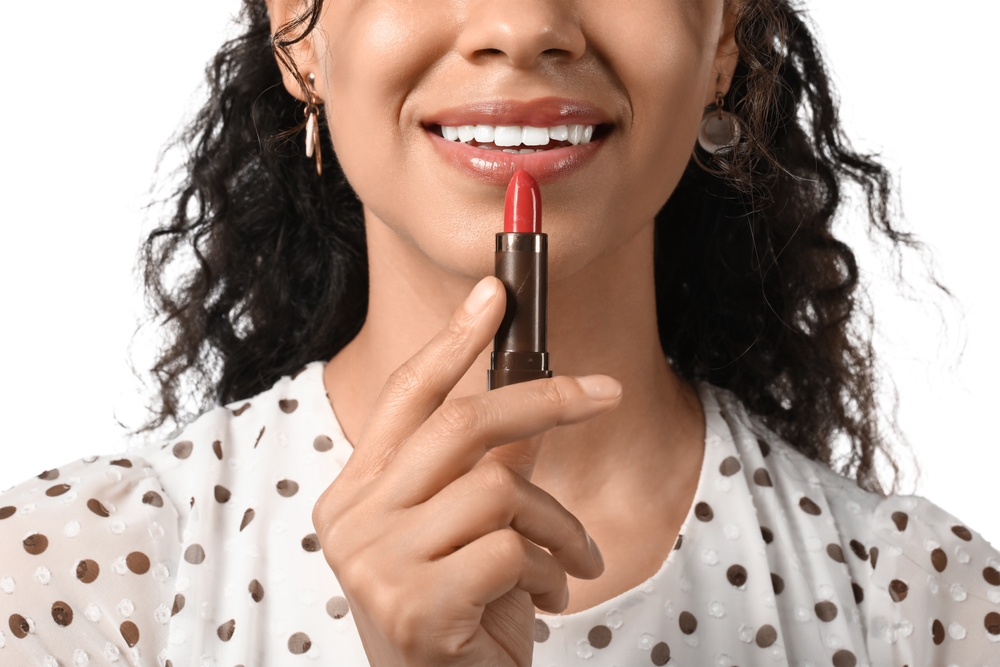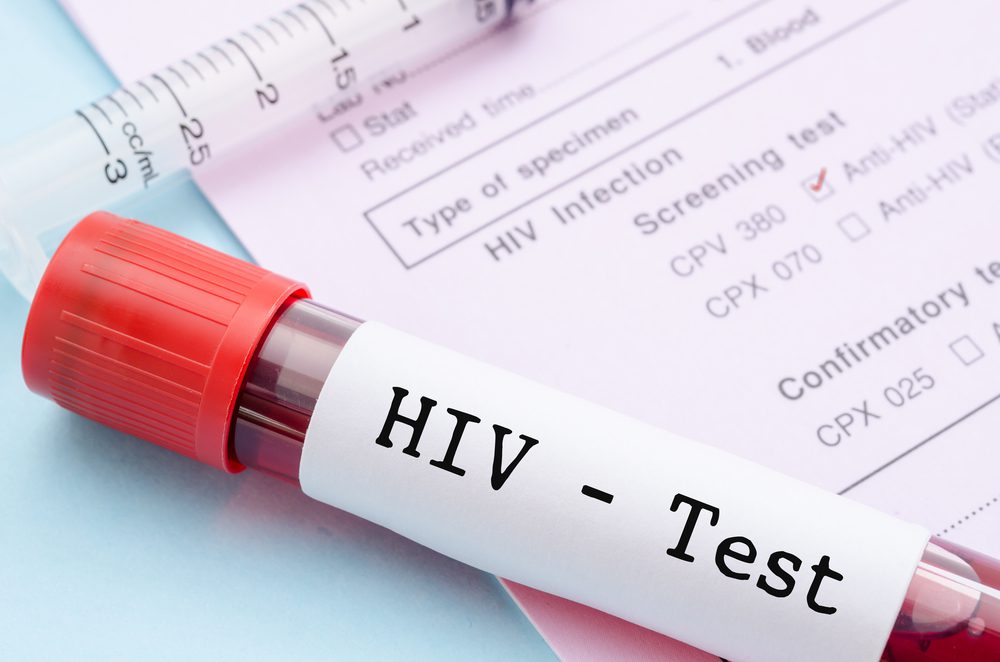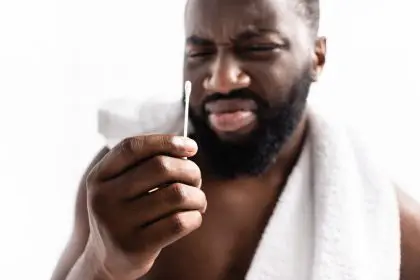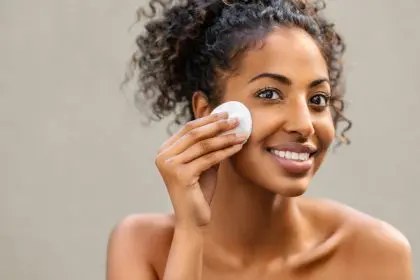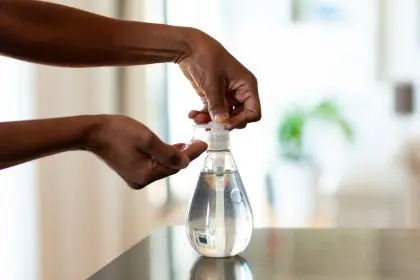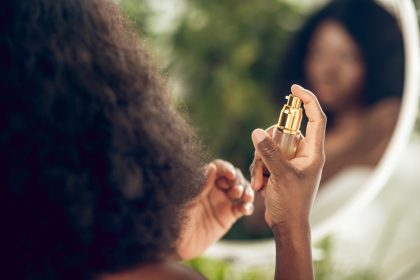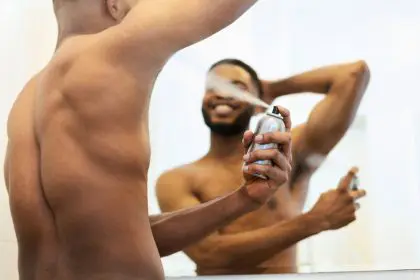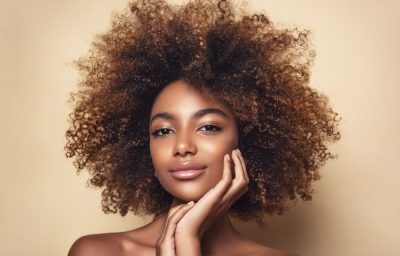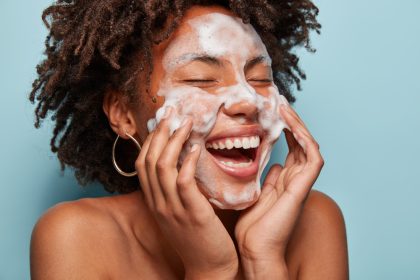Lipstick is a staple in many beauty routines, adding a pop of color and a touch of glamour to everyday looks. However, the hidden ingredients within these vibrant tubes can be surprising and even alarming. Here are ten chemicals in lipstick you never knew about, shedding light on what you’re putting on your lips.
Introduction: The hidden ingredients in lipstick
When you swipe on your favorite shade of lipstick, the last thing on your mind is the cocktail of chemicals it contains. Lipsticks are crafted to provide long-lasting color, hydration, and shine. However, achieving these qualities often involves a mix of substances that might not be as glamorous as the final product looks. This article delves into the hidden chemicals in lipstick, unveiling what those ingredient labels really mean and why you should be aware of them.
1. Lead: A toxic legacy
Lead is a heavy metal that has been found in various lipstick brands over the years. Despite being banned in several countries, trace amounts can still be present. Lead exposure can have serious health effects, including neurological issues, especially with prolonged use.
2. Parabens: The preservative predicament
Parabens, commonly used as preservatives in cosmetics, prevent the growth of bacteria and mold. While they help extend the shelf life of your lipstick, studies suggest that parabens can mimic estrogen in the body, potentially disrupting hormone function.
3. Phthalates: The flexibility factor
Phthalates are chemicals used to increase flexibility and durability in products. In lipsticks, they help maintain a smooth and consistent texture. However, phthalates are linked to reproductive and developmental issues, raising concerns about their safety.
4. BHA and BHT: The antioxidant agents
Butylated hydroxyanisole (BHA) and butylated hydroxytoluene (BHT) are synthetic antioxidants used to preserve fats and oils in lipsticks. Though effective, both BHA and BHT have been associated with potential carcinogenic effects and skin irritation.
5. Petrolatum: The petroleum problem
Petrolatum, or petroleum jelly, is used for its moisturizing properties. While it locks in moisture, the refining process of petrolatum can introduce harmful contaminants. It’s essential to ensure that any petrolatum in your lipstick is fully refined and safe for use.
6. Artificial dyes: The color conundrum
Artificial dyes, derived from petroleum and coal tar sources, provide vibrant hues in lipsticks. Some of these dyes, however, have been linked to skin sensitivity and allergic reactions. It’s crucial to know which dyes are safe and which might pose risks.
7. Triclosan: The antimicrobial agent
Triclosan is used for its antibacterial properties, helping to keep your lipstick germ-free. However, it can disrupt thyroid function and contribute to antibiotic resistance. The widespread use of triclosan in cosmetics is a growing concern.
8. Formaldehyde and formaldehyde releasers: The hidden preservatives
Formaldehyde is a known carcinogen, and while it’s rarely listed outright, formaldehyde releasers (like quaternium-15) are used to prevent microbial growth. These chemicals release small amounts of formaldehyde over time, which can be harmful with prolonged exposure.
9. Toluene: The solvent solution
Toluene is a solvent that helps in the application and drying of lipstick. Chronic exposure to toluene can affect the nervous system and cause reproductive harm. Ensuring toluene-free cosmetics is key for long-term health.
10. Heavy metals: The unseen contaminants
Beyond lead, other heavy metals like cadmium, chromium, and aluminum can be present in trace amounts. These metals can accumulate in the body over time, leading to various health issues. Regular testing and choosing reputable brands can mitigate these risks.
Conclusion: Choosing safer lipstick options
Understanding the chemicals in your lipstick is crucial for making informed choices about your beauty products. While the presence of these chemicals doesn’t mean you need to abandon lipstick altogether, being aware allows you to opt for safer, cleaner alternatives. Look for brands that prioritize natural ingredients, transparency, and rigorous testing to ensure that your beauty routine supports your health and well-being.
Lipstick can be a beautiful addition to your makeup collection, but knowing what’s inside can help you enjoy it safely. Make informed choices, read labels carefully, and don’t hesitate to research brands that align with your health values. Your lips deserve the best, both in terms of beauty and safety.
This story was created using AI technology.

